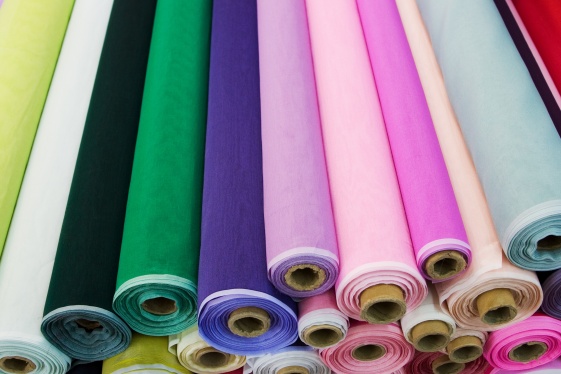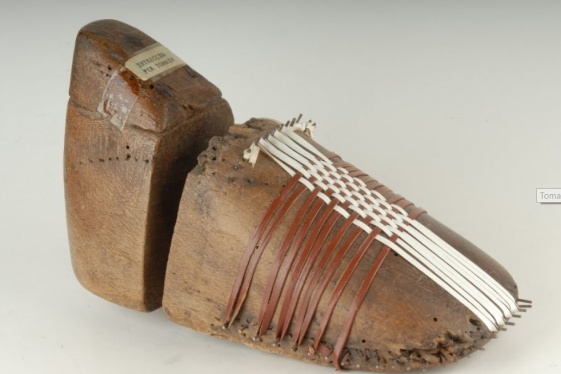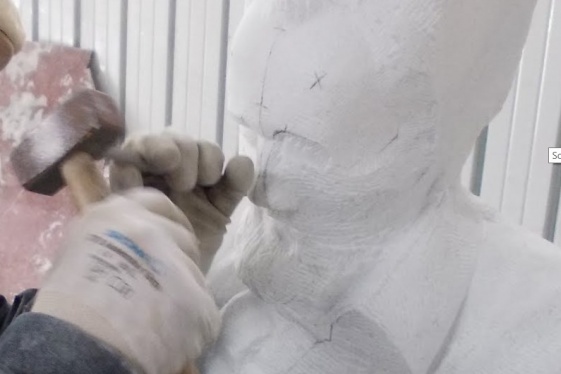Italian handcrafts: The Wood of Cuneo
The greatest concentration of wood companies in the province of Cuneo is located in Valle Varaita, a valley that is home to around 90 firms actively producing furniture and fixtures, as well as toys and musical instruments. Furniture manufacturing, which was strengthened between the 1950s and 1970s with the rustic “Valle Varaita” style, experienced...
READ MOREItalian handcrafts: Grottaglie Ceramics
For centuries, Grottaglie, a small town in the province of Taranto, has been the site of flourishing artisanal ceramic production closely linked to the richness of the clay typical of this region. Up until the last century, it was possible to find dozens of ceramic objects in every home in Grottaglie. These were “ceramics for use”, completely unrel...
READ MOREItalian handcrafts: The Hats of Montappone
The traditional activity of the hat district is concentrated around the Marche region and more specifically in the towns of Montappone and Massa Fermana.It began in 1300 when hats were used exclusively for farming activities. Grain harvesting produced straw, which was then braided to be used as a raw material for making “straw hats”.
READ MOREItalian handcrafts: The Textiles of Prato
Since the Middle Ages, fabrics and yarns have been the main products of the Prato area, thanks to the creativity of those who, over the years, have been able to renew a tradition that has never waned. Today, the industrial district of Prato is one of Europe’s largest and is a production model that has attracted the attention of the most eminent eco...
READ MOREItalian handcrafts: The Triumphal Float of Matera
Matera, city of the “Sassi” and rupestrian churches, has always been a cradle of traditional craft skills rooted in the distant past. The local inhabitants are accustomed to working in terracotta, tuff, wood and papier-mâché, initially as a pastime and then for trade, resulting in the production of excellent artefacts. The art of papier-mâché, in p...
READ MOREItalian Handcrafts: Gerocarne Ceramics
Located close to Soriano, Gerocarne is noted for the processing of clay for the production of fine domestic tableware. While production stopped in Soriano several decades ago, in Gerocarne the ceramics industry has continued from the sixteenth century to the present day. Despite the seismic events that have repeatedly destroyed the inhabited areas,...
READ MOREItalian Handcrafts: Shoemaking in Fermo
The Fermo-Macerata Shoemaking District is based in Sant’Elpidio a Mare, in the heart of the Marche region, the home of famous brands that represent Italian style throughout the world. The district has its origins in the 15th century with the workshops of shoemakers that produced footwear for town markets. The municipal statutes and those of the tra...
READ MOREItalian Handcrafts: The Furniture of the Brianza District
The development of furniture in Lissone has roots that go back a long way: at the beginning of the twentieth century, the industries relating to wood, plywood, veneer, mirrors and accessories made with metal, marble, fabric or paint all flourished, while the carpenters of Brianza travelled around Africa and South America looking for high-quality lo...
READ MOREItalian Handcrafts: The Stonemasonry of Oratino
Stonecraft in Molise has ancient roots. It is thought that stone structures and objects were made initially to ensure people’s safety and survival. Entire districts built of stone can be found in some towns in the region, and beautiful examples of architectural and decorative features, such as capitals and statues, are not hard to find.
READ MOREItalian Handcrafts: Macerata Textiles
A technique characteristic of the Marche region, “liccetti” weaving required a traditional loom arranged according to the ancient textile-making process that, in the thirteenth and fourteenth centuries, made it possible to create stylised, patterned borders on fabric. The existence of this procedure in Italian textiles is widely documented in the p...
READ MORE











